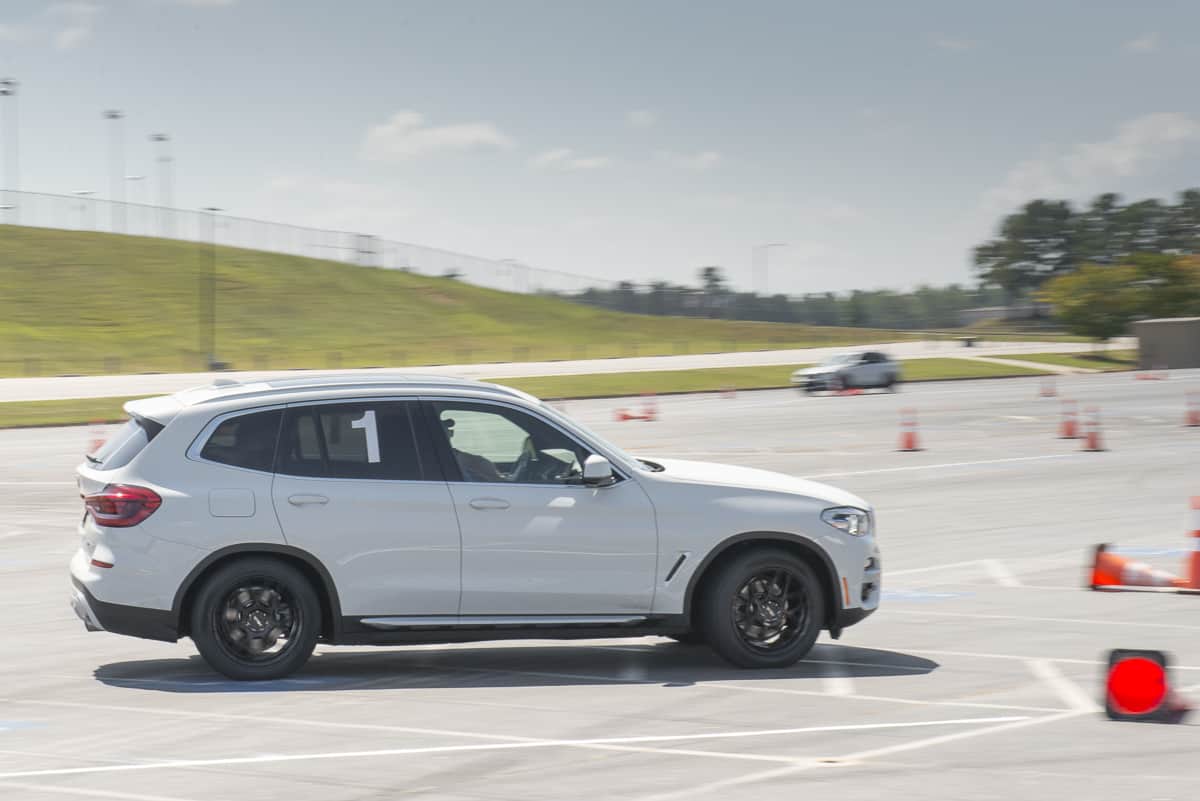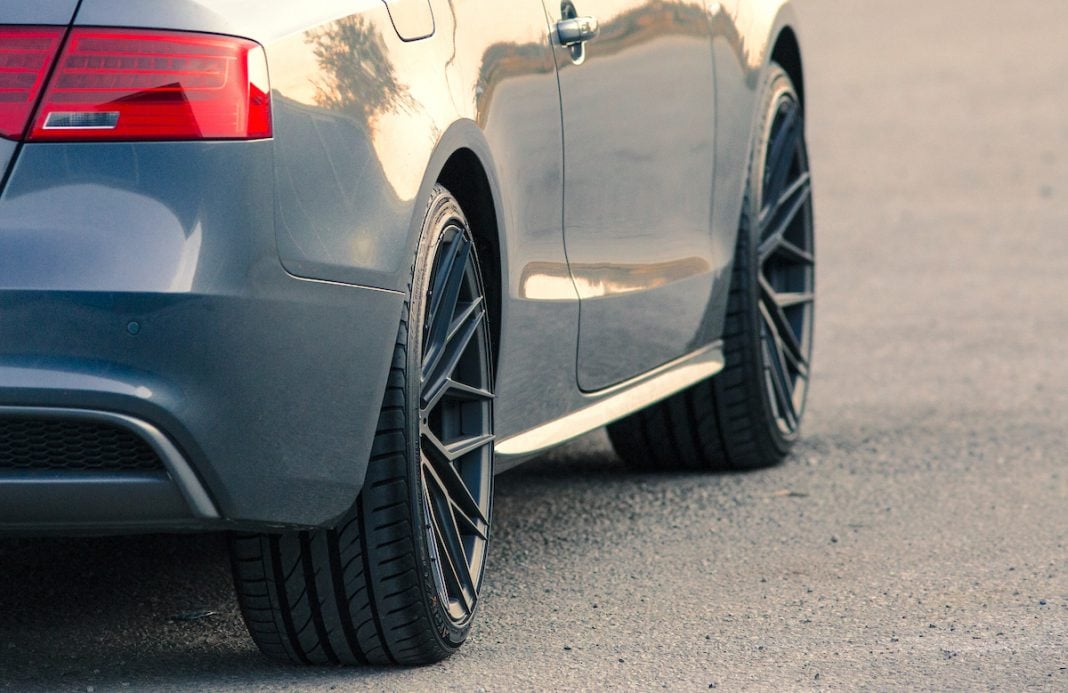In a previous article we looked at how all-season tires differ from dedicated winter tires, which are the right choice for drivers in cold conditions below 7°C (45°F). What about summer tires? How do they relate to all-seasons and when are they appropriate?
First, what defines an all-season tire? A summer tire?
All-season tires, or more accurately three-season tires, are the most popular choice for drivers in Canada and the USA in anything but cold, winter conditions. All-seasons are typically fitted by the manufacturer when you buy a new vehicle and are designed with a balance of properties in mind, primarily longevity, comfort, traction and grip in most conditions, and low rolling resistance for good fuel economy.
“The all-season tire is a generalist and in Canada, it does everything well in a March-September window,” says James McIntyre, director of sales for Canada at Sailun Tire. “Outside that, you’re using a winter tire in most Canadian (and cold climate US) cities.”
Typical all-season features include grooves and sipes (small cuts) in the tread pattern to generate traction and grip in wet and mild winter conditions, a deep tread depth and harder compound to provide a long working life, and low noise and a comfortable ride for relaxed cruising.
In North American markets, summer tires are a much more specialist product and are often sold as ultra-high performance (UHP) tires. There’s no exact definition of a summer or UHP tire and the situation has been complicated by the rise of high-performance all-seasons, just as the latest all-weather tires are blurring the boundaries between all-seasons and winters.
Here’s a good piece by Consumer Reports on what you need to know about UHP tires.

Summer tires vs All-seasons – what makes them different
“It’s hard to define the summer-tire segment vs all-seasons, for a couple of reasons,” says McIntyre. “In the past you might have defined it by tire size and speed rating, but our Sailun Inspire is a premium touring tire with 63 sizes and a 120,000km (75,000-mile) warranty that comes in pretty much all speed ratings except for the very high Z. It is available as a 225/40 R18, which was once just a UHP size, but high-speed-rated, all-season touring tires are now readily available because larger wheel sizes have gone mainstream.”
However, summer or UHP tires like the Sailun Atrezzo ZSR sold in Canada are typically differentiated from all-seasons by some clear differences in the rubber compound and tread-pattern design. To begin with, the tire is usually softer to give more traction, which is ideal for a track but detrimental to mileage. A UHP might last 20-40,000km (12-25,000 miles), whereas a normal all-season is rated in the 80-120,000km (50-75,000-mile) range. Sailun’s SH402, for example, is an entry-level all-season but still rated for 80,000km (50,000 miles). As ever, a tire’s real-world mileage can vary widely depending on regular rotation and whether the proper pressures are maintained.
All-seasons for balanced conditions, summer tires for wet or dry
“All-seasons are designed to give you well-balanced performance in many conditions but summer or UHP tires are specifically designed for wet or dry, so you can focus on the true needs of the tire, which are handling and cornering performance,” explains Jack McClure, Sailun’s segment manager for North American passenger and light truck tires.
“An all-season wouldn’t necessarily be great for a track, where it generates a lot of heat, but a UHP’s larger tread elements create a larger contact patch for more precise steering feel and better grip in the dry. They also have large channels around the tire to help evacuate water and reduce hydroplaning. Some UHP tires are better in wet conditions than an all-season tire because they have less tread depth and are able to evacuate the water better.”
“All-seasons are designed to give you well-balanced performance in many conditions but summer or UHP tires are specifically designed for wet or dry, so you can focus on the true needs of the tire, which are handling and cornering performance.”
Jack McClure, Sailun’s segment manager for North American passenger and light truck tires
As for rolling resistance, our experts don’t see much of a difference between the two tire types. The all-season’s deeper tread pattern and additional siping increase rolling resistance, but so does the summer tire’s stickier compound. For the time being, it’s not a concern for most aftermarket tire buyers, they say, but that could change as the switch to electric vehicles gathers pace and tires will have a more obvious impact on the available range.
When is it time to fit summer tires?
McIntyre notes that summer or UHP tire sales represent less than 10% of Sailun’s total in Canada, with all-seasons constituting up to half of all tires sold and winter tires the rest. So when should we buy a summer tire?
The most obvious case is when the vehicle was designed to perform best on a summer tire, for example a sports car that delivers its traction and grip on softer rubber. Just as the original-equipment (OE) all-seasons on a family sedan or SUV are often replaced by an identical or similar set when they wear out, so it is that OE summer tires should be refitted like-for-like when the factory set reaches the end of its life.
Enthusiasts also fit UHPs to classic, hobby or track cars, or even to their daily drivers. This can be for aesthetic reasons as well as outright performance, in the same way that truck drivers look to aftermarket M/T or R/T options.
“The UHP is a specialist,” reiterates McIntyre. “Warm weather and performance applications are where it shines. The contact patch can take the heat of performance driving, really letting you feel the road. Most people never test the limit of their tires or their cars, but if they do put down hot laps on a track, UHP is definitely the way to go.”
Takeaway: Mileage matters
Summer-tire customers are typically less concerned about how long the tire will last because the mileage travelled is almost always far less than for an everyday vehicle. But for most buyers in North America, price, comfort and mileage are the top criteria when choosing a new set of tires for their car, SUV or truck – and that means an all-season tire is the way to go. As always, tire dealers can help direct you to the best choices for your available budget.


